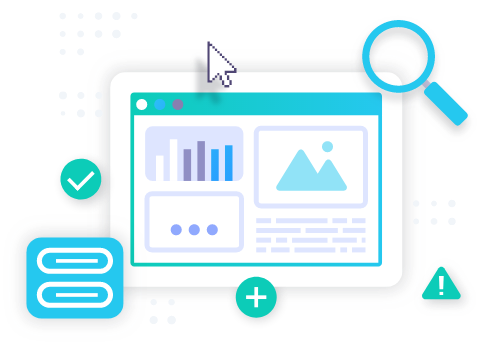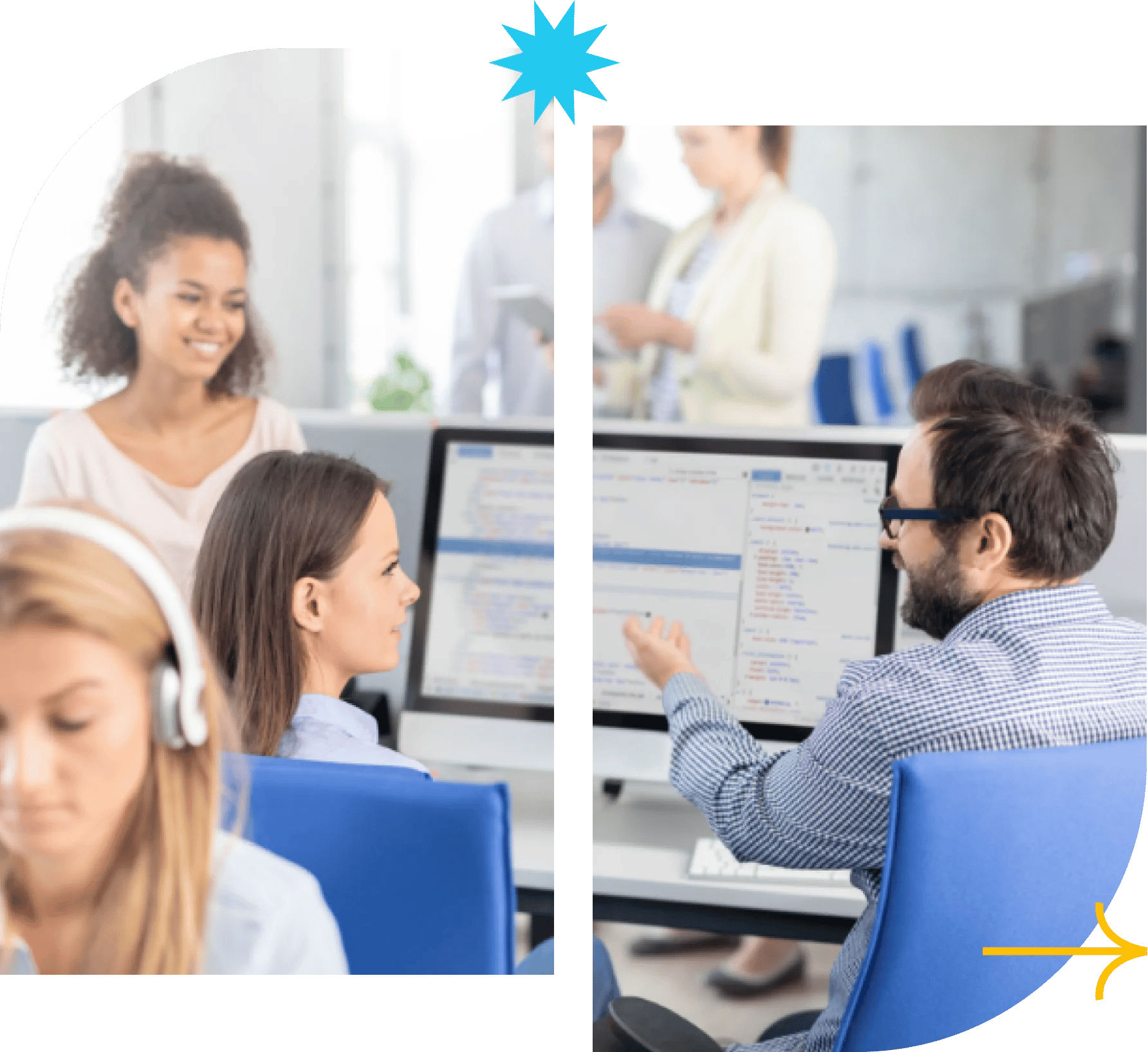
Yet you, like many businesses, may still be at the stage of thinking through challenges the product solves (and others it introduces). In such a case, we start with a design sprint in which our designers and engineers work toward understanding your user’s needs, brainstorm solutions, and test low-fidelity prototypes of ideas. In the case that you’ve completed your product design and have a full set of requirements ready to be implemented, we are eager to jump into the production phase with you.

A Design Thinking Workshop is a hands-on activity session that uses principles of collaboration and problem-solving to jumpstart your web and mobile app development process. This session is designed to help you understand your user and their needs.
From there, workshop participants brainstorm solutions without focusing on the cost or implementation practicalities. Finally, the workshop concludes by testing out low-fidelity prototypes of those ideas.
We help you define your product idea and how it stands up to scrutiny, but would this solve the user’s problem if implemented successfully? and, upon answering that question, workshop participants begin to scope out project requirements and to define how such features function. Then participants work toward a set of product goals and success indicators. The workshop ends with a detailed production plan that outlines your complete project.
Once you and your nearshore team complete the product discovery phase, you’re ready to dive into design sprints, a five-phase process similar to the Design Thinking workshop and Product Discovery. Design Sprints are specifically oriented toward defining goals and reducing overall risk before starting development. This phase uses rapid prototyping and usability testing throughout a series of sprints like those used in an Agile development cycle.
With a great UI/UX, your app or website stands out in a field of competitors, and a bad UI/UX can ruin an otherwise great product. Your nearshore team consists of expert UI/UX designers, these specialists are intimately familiar with innovative solutions for creating compelling interfaces and experiences that feel natural and make users want to continue their engagement with the product.
Regular scrum meetings will reunite your development team, a scrum master, and a product owner. After the product owner divides up the full set of requirements into individual tasks for the developers, scrum meetings ensure steady progress toward your product’s release. These meetings typically include a scrum master who’s constantly on the lookout for ways to increase productivity.


